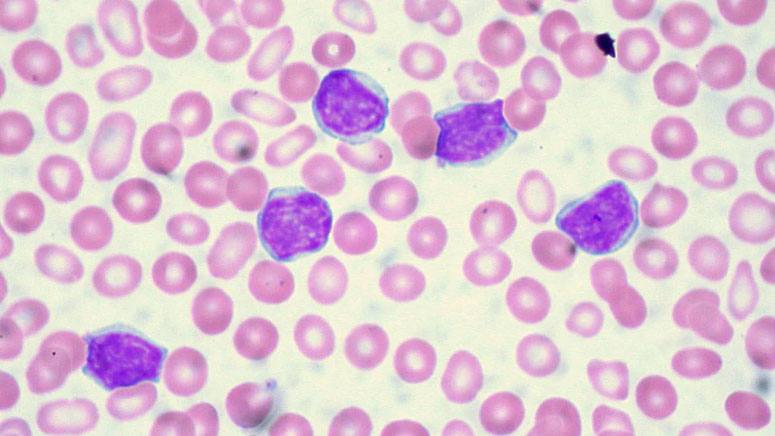Overview

Chronic myeloid leukemia is a disease that starts in the bone marrow’s cells that are in the precursors to white and red blood cells and platelets (the cells that aid in blood clotting). In CML, people who are otherwise young and healthy will have different treatment options. Younger people who are able to be matched with a donor are candidates to receive a stem cell transplant. Younger patients also have the option to pursue chemotherapy to treat CML. Unlike most types of cancer, researchers haven’t found it beneficial to treat CLL early. Instead, most medical professionals recommend that patients wait until symptoms develop. Chronic lymphocytic leukemia starts in the bone marrow’s lymphocytes (a specific type of white blood cell).
Chronic myeloid leukemia (CML) and chronic lymphocytic leukemia (CLL) are both persistent forms of leukemia that primarily affect adults. Chronic myeloid leukemia and chronic lymphocytic leukemia are also both slow-growing forms of blood cancer. Both types of leukemia are much more common in adults than in children. About 15 percent of all leukemia cases are CML and 38 percent of leukemia cases are CLL.
There are many similarities between CML and CLL, but they are not the same. Your symptoms and treatment options will be different with CML than they will with CLL. They are normally found when routine blood work is ordered for another concern or condition. It will take a long time for symptoms of either to develop and begin to affect you. CML and CLL cause many of these symptoms, but a few other symptoms may be present with CML that are not typical with CLL.













